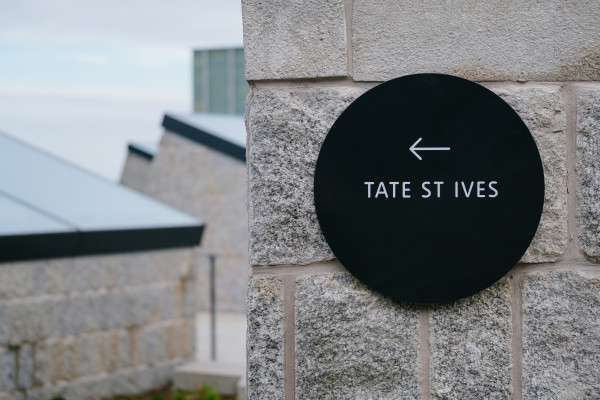“Epic Exploration”
The scheme needed to align with Royal Museums Greenwich’s new brand strategy, launched in April 2017, positioning the museum as “an epic place of exploration”, and use this to help visitors to explore and immerse themselves in the experience.
A significant challenge was the architectural disconnect between the original museum building and extension. To improve the visitor experience, we needed to make the museum permeable, unite the two spaces and deliver epic exploration to visitors.
Key to the museums aims was showcasing the world-class collections and encouraging wider awareness, visitation and up-sell to the other Royal Museums Greenwich sites: Royal Observatory, Cutty Sark and Queen’s House.
Humanising the challenges
To begin our research and humanise the problems at hand, we talked with both staff and visitors. Feedback from the workshops highlighted that visitors struggled to find facilities, such as the toilets, and were often unaware that there were two entrances. In response to these insights, a key part of our strategy was identifying these areas as a basic need and focusing on directing to entrances and onward travel.
We used a variety of ethnographic, qualitative methods to understand visitors and develop a holistic view of their experience within the museum. Behavioural observations helped to identify visitor pain points. ‘Undercover’ work, such as asking visitors where to find specific things reinforced the insights from front-of-house staff that basic facilities were difficult to find. Interviews with visitors gave us a deeper understanding of causes behind frustration or confusion with the building layout, such as: exhibitions or notable pieces they weren’t aware of, they had missed or couldn’t find; entrances, exits, vertical circulation and onward travel.
This helped us to build a picture of the visitor experience, including before and after their museum visit as this impacts their experience. From arriving in the area, navigating to the museum, their exploration and discovery at the museum and onward travel or activities. This not only meant we could tell the story of the end-to-end journey but helped us understand NMM in context to the local Greenwich environment along with the other RMG sites.
Bold, Colourful Design
Uniquely for museum wayfinding, we took a bold, colourful approach. This is a clear departure from standard museum wayfinding that is usually text-based and reliant on mapping. The hierarchy of information on the signs was a very deliberate way of enticing visitors to explore, the imagery providing preview of what can be discovered in each gallery and nudging them through the museum.
The wayfinding design extended to digital screens and info desks at the entrances. Mima and the in-house design team co-designed the ‘Welcome Hubs’. These large-scale displays act as an access point to find out more about the museum offer with maps, along digital displays providing a list of ‘What’s on’.
These engaging hubs highlight the three other RMG sites, which are all within 15 minutes’ walk, and nudge visitors to continue their exploration and discovery with RMG. They linked to RMG’s website, connected the physical and digital experience of NMM.
A bespoke set of pictograms was designed for maximum legibility to align with NMM’s branding. RMG use the font Cera Pro for all their communications so the pictograms were designed to match the characteristics of Cera so they look and feel like an extension of the character set.
The Head of Marketing approved the wayfinding scheme design as an extension of the NMM brand, which was an important part of the brief.
The wayfinding needed to encourage visitors to do as maritime adventurers did before them: explore and discover. Inspired by the museum’s maritime heritage, the laser cut bespoke pattern on the aluminium backing echoes movement and fluidity through water. This acts as a pinboard system to mount multi-sized panels with 3D-printed fixing plugs, aligning to a square grid. This gives NMM flexibility to update or re-arrange panels, introduce digital signage or even donation touch points.
The project led to further work with RMG, including the wayfinding strategy and design for the Prince Philip Maritime Collections Centre and The Cutty Sark.









